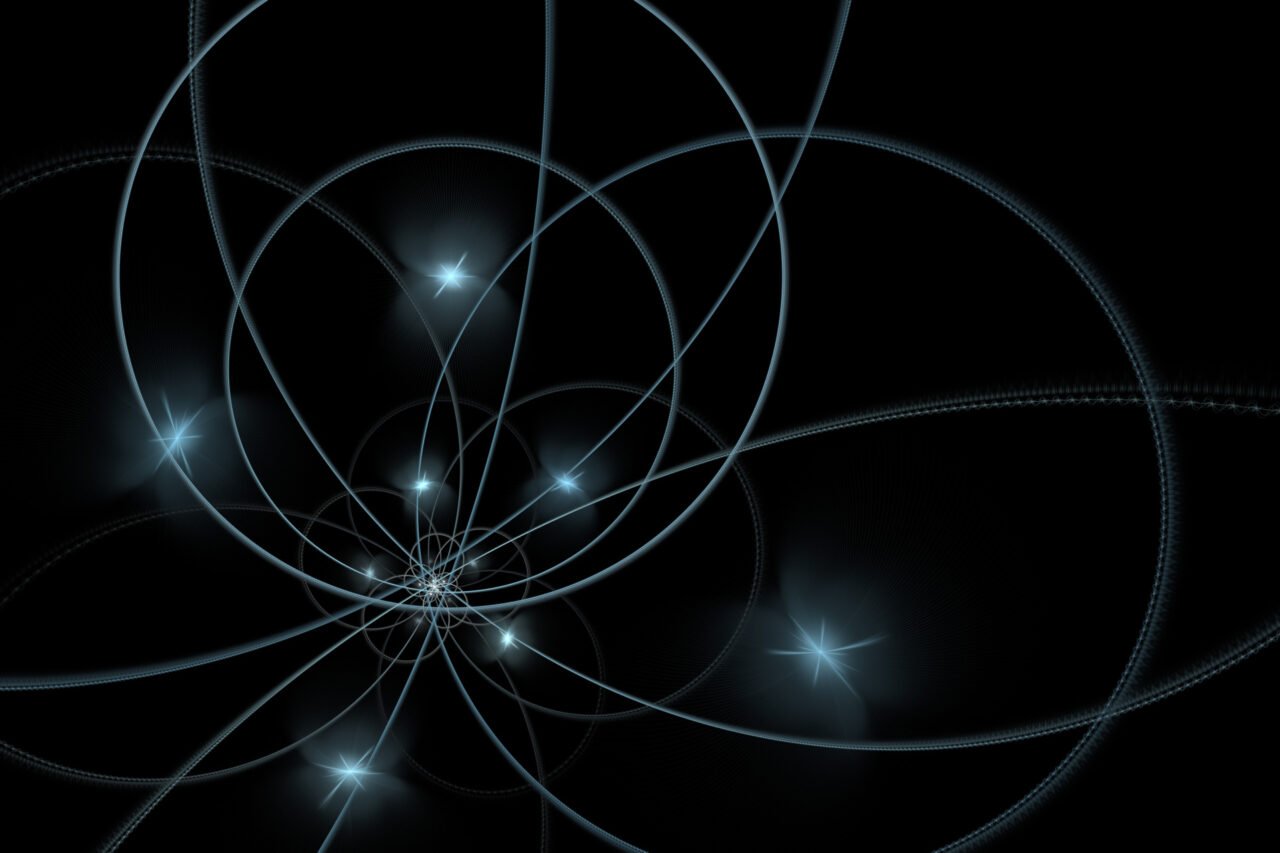Science
Physicists Revive 150-Year-Old Knot Theory to Address Matter-Antimatter Enigma

A team of physicists in Japan has revived a theory that dates back to 1867 in an effort to explain the longstanding mystery of matter and antimatter in the universe. Writing in the journal Physical Review Letters, the researchers propose a novel interpretation of atomic structure as “knots” in a conceptual medium, which they believe could provide insights into the asymmetry between matter and its counterpart, antimatter.
The matter-antimatter imbalance poses a significant question in modern physics. After the Big Bang, matter and antimatter should have annihilated each other, resulting in a universe dominated solely by radiation. Instead, a slight predominance of matter remains, allowing for the existence of everything we observe today, including our own physical forms.
Revisiting Historical Concepts
The physicists are not advocating for the existence of aether, the antiquated concept of a fifth element that was once thought to fill space. Instead, they leverage the historical idea of cosmic knots to explore how energy might have transformed into matter. The team draws inspiration from the work of William Thomson, known as Lord Kelvin, who theorized that atoms could be understood as knots defined mathematically as closed curves in three-dimensional space.
In their research, the team theorizes that after the Big Bang, the universe underwent several phase transitions that created “thread-like defects” in space. These defects, according to the researchers, would have become entangled as spacetime expanded and contracted, forming cosmic knots of energy. Through a process known as quantum tunneling, these knots could eventually untangle, leading to the production of particles that make up the universe today.
Unraveling the Mystery of Neutrinos
The researchers suggest that if these knots exhibited a slight bias toward matter, their untangling could elucidate the observed imbalance between matter and antimatter. Their mathematical analysis supports this hypothesis, indicating that the collapse of cosmic knots could produce a multitude of particles, including a special type of neutrino—particles that are electrically neutral and nearly massless.
According to Yu Hamada, a co-author of the study from Keio University, these heavy neutrinos can decay into lighter particles, such as electrons and photons. This decay process creates a secondary cascade of particles that could ultimately “reheat” the universe. Hamada emphasized that neutrinos may play a pivotal role in the formation of all matter in the universe, describing them as the “parents” of matter, with the knots serving as “grandparents.”
While this theory presents a fresh perspective on the matter-antimatter problem, the researchers acknowledge that it remains a theoretical framework. Their calculations suggest that the remnants of collapsing cosmic knots would manifest as detectable structures, or strings, which gravitational wave observatories like LIGO and LISA may be able to observe in the future.
If successful, this could signal a breakthrough in understanding fundamental aspects of the universe, sparking excitement among physicists and string theory advocates alike.
-

 Lifestyle5 months ago
Lifestyle5 months agoLibraries Challenge Rising E-Book Costs Amid Growing Demand
-

 Sports4 months ago
Sports4 months agoTyreek Hill Responds to Tua Tagovailoa’s Comments on Team Dynamics
-

 Sports4 months ago
Sports4 months agoLiverpool Secures Agreement to Sign Young Striker Will Wright
-

 Lifestyle4 months ago
Lifestyle4 months agoSave Your Split Tomatoes: Expert Tips for Gardeners
-

 Lifestyle4 months ago
Lifestyle4 months agoPrincess Beatrice’s Daughter Athena Joins Siblings at London Parade
-

 Science4 months ago
Science4 months agoSan Francisco Hosts Unique Contest to Identify “Performative Males”
-

 World4 months ago
World4 months agoWinter Storms Lash New South Wales with Snow, Flood Risks
-

 Science5 months ago
Science5 months agoTrump Administration Moves to Repeal Key Climate Regulation
-

 Business5 months ago
Business5 months agoSoFi Technologies Shares Slip 2% Following Insider Stock Sale
-

 Science5 months ago
Science5 months agoNew Tool Reveals Link Between Horse Coat Condition and Parasites
-

 Sports5 months ago
Sports5 months agoElon Musk Sculpture Travels From Utah to Yosemite National Park
-

 Science5 months ago
Science5 months agoNew Study Confirms Humans Transported Stonehenge Bluestones









